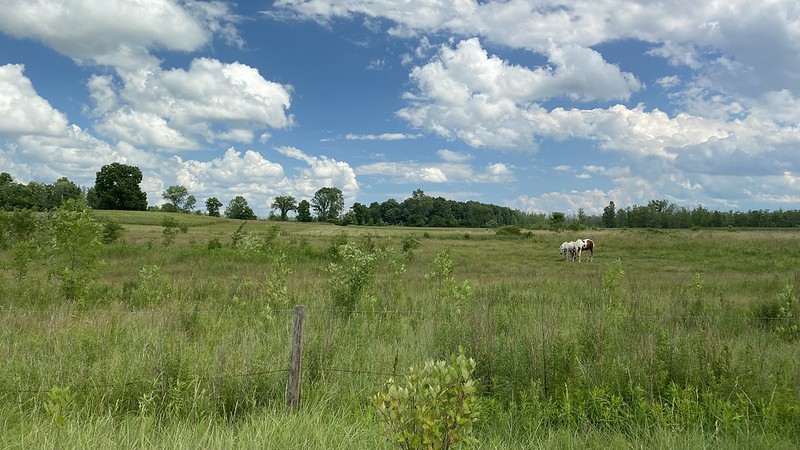Power Sharing and Participation, Part II
City officials believed the success of this program was due to both parties setting their particular goals. Both a clean drinking water supply for the city and the economic viability of Catskill farming were important, and both sides had to agree to commit to achieving both goals. They also believed that its success had to do with asking farmers to design most of the program themselves (based on local knowledge and supplemented by their own experts). The proposed program they designed in 2010 was called “Whole Farm Planning.” It incorporated environmental planning into the business strategy of the farm. Also groundbreaking was the insistence that all agencies had to agree to put aside their particular concerns and instead identify the contributions they could make to the program, or they could not participate.

The Watershed Agricultural Council
The Watershed Agricultural Council has developed a set of Best Management Practices (BMP’s) intended to take a holistic approach to farm management while reducing the pollution generated by agriculture. These practices are intended to be mutually beneficial for the farm businesses, as well as the number of cities that receive their water from this area. Risks are identified and addressed through structural planning to reduce agricultural runoff into farm streams. “The process begins when a farmer signs a voluntary participation agreement with WAC and agrees to develop a Whole Farm Plan in conjunction with a Planning and Implementation team. As a part of the Whole Farm Plan, Best Management Practices (BMPs) are selected and implemented by using a multiple barrier approach starting with the source and moving to crop fields and the stream corridor.” To read all of the potential pollutants categorized and prioritized, click here.


